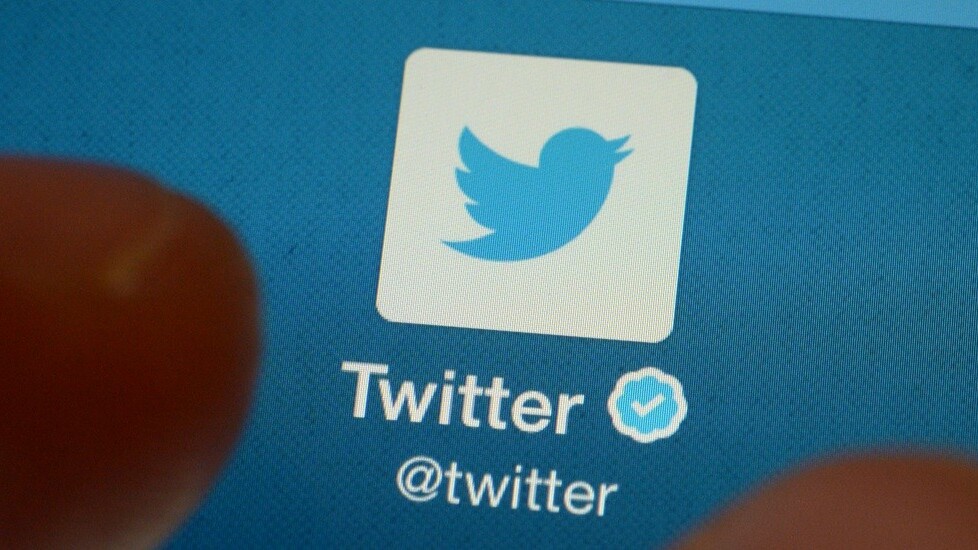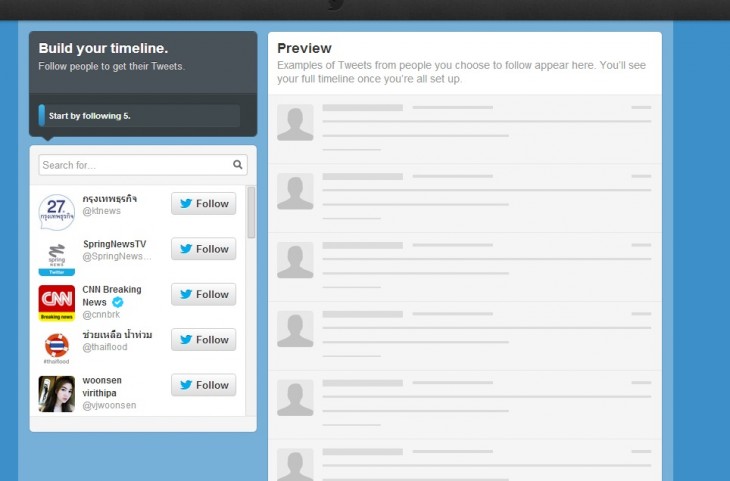
The New York Times’ Jenna Wortham penned an interesting opinion article on the rise in narcissism on Twitter, explaining how selfish tweeting is affecting the quality and usefulness of the service for her:
It feels as if we’re all trying to be a cheeky guest on a late-night show, a reality show contestant or a toddler with a tiara on Twitter — delivering the performance of a lifetime, via a hot, rapid-fire string of commentary, GIFs or responses that help us stand out from the crowd.
…
To say the service is no longer relevant or informed seems inaccurate — much of my day is still spent poring over Twitter, picking out the best links, insights, quips and bits to examine and share later — but it is less informed (and informative) than it used to be.
The first thing to note is that Wortham is no ordinary Twitter user — she follows nearly 4,000 people and has spent years using the service. Those details are crucial because, while many of her observations will have other early-adopters and members of the media and tech industries nodding along, the truth is that her problems apply only to a minority of users.
The average Twitter user, follows far less than 4,000 people — data suggests the number is somewhere around/between 51 and 102 people.
Most also use Twitter for different purposes to Wortham.
Rather than “poring over Twitter, picking out the best links, insights, quips and bits to examine and share later,” average users follow celebrities, their friends and brands, and probably do so purely in a personal, non-work capacity.
Indeed, TechCrunch’s Josh Constine astutely noted last year that one of Twitter’s biggest issues is a quitter problem, which relates back to the fact that it is a blank canvas. That’s to say that many new users driven to the service by media coverage, word-of-mouth, etc, don’t follow enough or the right people to create an experience that turns them into a Twitter regular.
These days, Twitter’s sign-up process forces newbies to follow at least 10 high-profile users from their region before they can finish registering. Once signed up they, like the rest of us, will regularly be suggested new users to follow and can ‘tailor’ their experience based on websites that they visit. The onus is on building a sticky user experience.

Yet, despite their minority, power-users and early-adopters — particularly within media circles — remain hugely important to Twitter.
For one thing, they are advocates and often opinion makers. With over 500,000 followers and the New York Times as her platform, Wortham is influential, but to be fair her article notes more than just the fact that she is overloaded with information, she senses a change in the behavior of users.
Perhaps Twitter’s own focus on vanity metrics — which increased with a new Web design that focuses on user numbers, and added more notifications related to users’ tweets last year — must shoulder some of the blame? Do the success stories of viral Twitter hits like @horse_ebooks or @historyinpics encourage our desire to be popular? Maybe it is simply just human nature?
One thing that is for sure, however, is that this ‘Achilles Heel’ — as Wortham calls it — isn’t a crisis for Twitter.
Headline image via Damien Meyer/AFP/Getty Images
Get the TNW newsletter
Get the most important tech news in your inbox each week.




